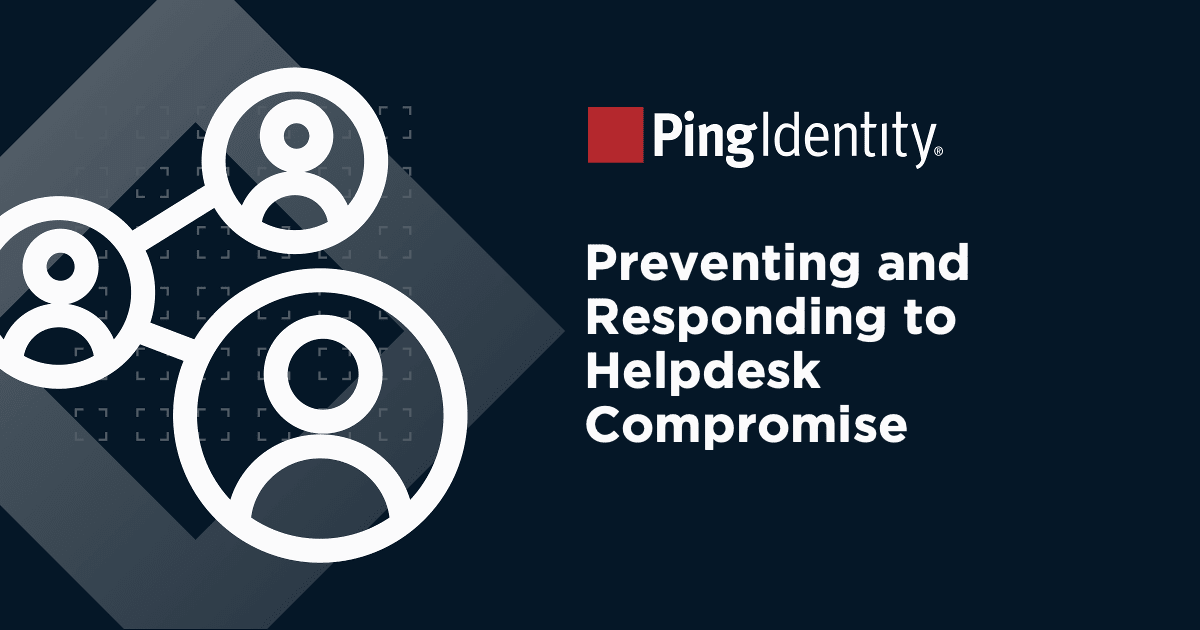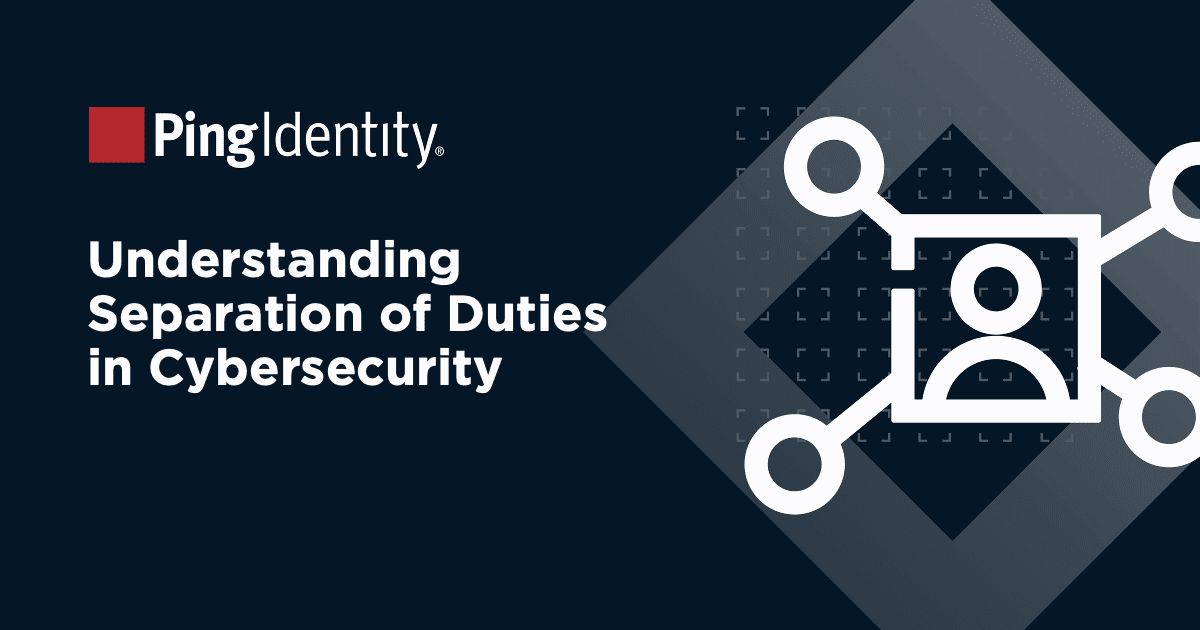Whenever humans are tasked with a manual process, they are bound to make mistakes. People forget things, they miscommunicate, they get overwhelmed with multiple projects and priorities, and they may find change and adaptation difficult.
When your company was smaller, there were just a handful of employees. Today, with a much larger workforce, there is just no way you could possibly have time to get to know each one of your workers. The more employees there are coming in, the more there are departing or changing roles, leaving behind accounts that need to be deprovisioned along with a growing wave of new accounts to provision.
Additionally, provisioning demand spikes for a variety of reasons. You may roll out new applications or replace legacy applications with modern equivalents, acquire or merge with another business, or sell part of your company. During rough times, you may have to lay employees off. In good times, team members move up the ladder, move to other departments, and receive new responsibilities.
Despite all efforts to avoid more paperwork and bureaucracy, company growth requires layers of management and approval. Is it okay to give Suzanne access to a particular resource she’s requested? You have to check with Suzanne’s manager–who is that? You find this information and reach out. The manager needs to ask the department head. They are busy, taking a day or two to respond. Once the access request is finally approved, you then schedule and take the time to manually provision Suzanne’s account, giving her the access she needs to do her job.
If Suzanne has a deadline, the clock is ticking, as it always is in business. Can she deliver what’s needed in time? Did the delay in getting her approval cause her to miss deadlines? What has she been doing during this delay?
In short, manual provisioning is slow, expensive, and a drag on productivity. New employees who come into their jobs excited and energized to dig in and get started end up deflated by delays in getting the tools they need. Other employees may obtain or keep access to resources they don’t use or need, which presents both a security risk and a cost, as the company must pay for licenses for them to have access, whether they use it or not.
Another issue is lack of visibility or auditing around who has access to what. This makes it very difficult for organizations to prove their compliance to obligations set by external auditors.
And we haven’t even touched on the inevitable human error factor.
These types of challenges and unpredictability make it paramount that you move away from or avoid any manual user provisioning.
So, what are your options?


